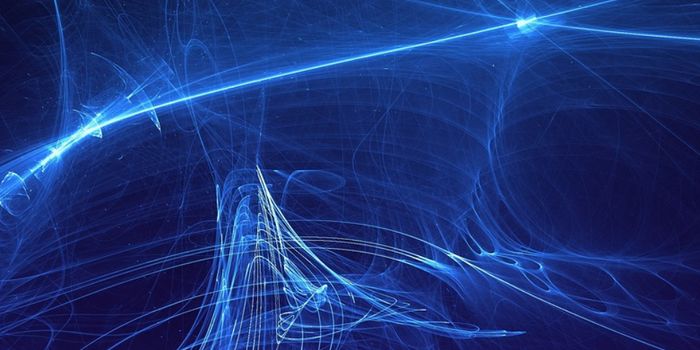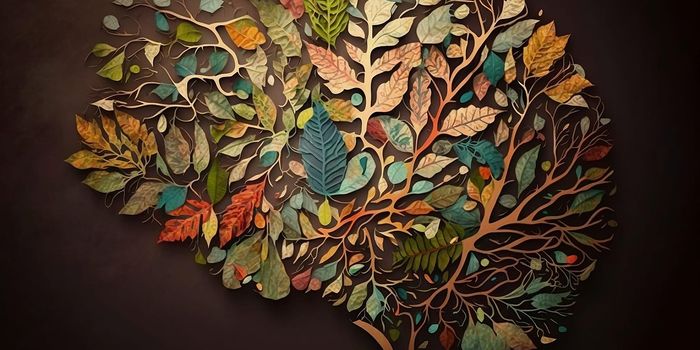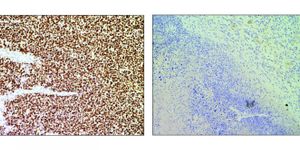Proteins Have an Orientation in Plant Cells
Just like animals, plants are made of cells that are full of proteins. The proteins in plant cells are often only found at one particular end, however; they have an orientation. Cells that sit next to one another often share the same arrangement of their proteins; they are oriented in the same way, like a stack of coins that all have the heads facing up. Plants need directionality to control the growth of roots, stems, leaves, and flowers.
Scientists have wondered what is controlling these patterns of proteins that are oriented in a similar fashion. It has been suggested that it is controlled at the level of individual cells, or possibly, that it’s a collective action in which a multitude of cells works together.
Reporting in Current Biology, scientists have determined that even when plant cells are grown in isolation, their proteins can still assume this orientation, creating a pattern that can influence how the cell grows.
In this study, the scientists examined a protein called BASL that is typically found only at one end of plant cells that give rise to leaf pores (which are also called stoma; they enable carbon dioxide to flow in and oxygen and water vapor to exit the plant). The researchers created a BASL protein with a fluorescent tag and then added it to plant cells so they could observe the protein moving through cells that grew in culture.
The researchers saw that even when the plant cells did not have cell walls, BASL would move exclusively to one end of the cell and form a cap, like a polar ice cap on Earth. Movies of the action showed that BASL would wander around the cells’ end as the cap formed. Once the cells had intact walls, the BASL cap would stay in place, and the cells elongated.
"It was incredibly exciting to see polarity in isolated plant cells for the first time. It was like seeing a boring-looking planet suddenly light up to reveal a cap, and then elongating while keeping the cap at one end," noted the lead study author Dr. Jordi Chan.
This work has suggested that protein polarity comes from inside individual cells to orient a group in the same way. Once aligned, signaling between the cells may then begin to control the growth of the plant as a whole.
Sources: AAAS/Eurekalert! via John Innes Center, Current Biology









